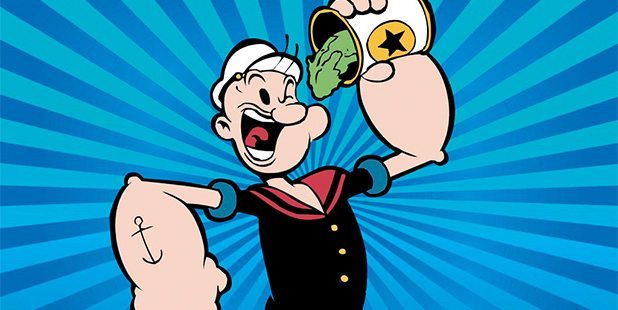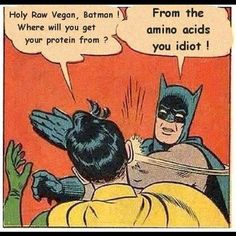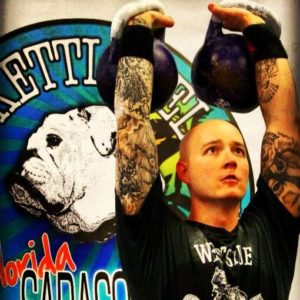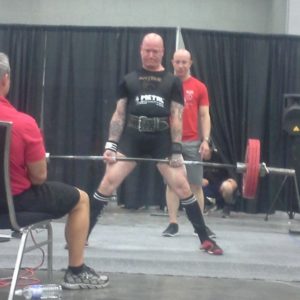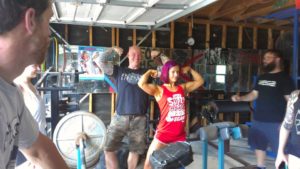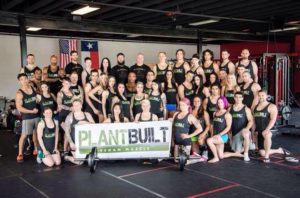The “How do you get your protein?” question is easily the most frequently asked question I get asked when someone finds out I’m a vegan. 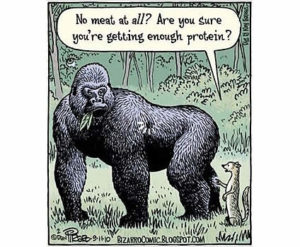
We’ve all heard it. Immediately everyone becomes a protein expert. Sometimes I want to answer them the way Batman answers Robin…
Protein is so overrated it’s not even funny. Research shows that a sedentary individual needs about 0.8 grams per kg of bodyweight per day. Research further shows that hard strength training athletes need around 1 – 1.5 grams per kg of bodyweight per day. For me, weighing around 185-190 lbs (84-86 kgs) this is 84 – 129 grams per day. This is very easy to get from a whole food, plant-based diet.
Just out of curiosity I tracked my nutrients for a period of about 4 days and found that on days I did not use any supplemental protein powder I was getting around 90-100 grams of protein, and on days I did use a protein drink (generally I have one a day after my strength training sessions) I was getting an extra 20-30 grams for a total of 110-130 grams of protein per day, right in-line with the recommended 1 – 1.5 grams per kg of bodyweight.
Personally I can’t stand tracking macros, and according to my friend Matt Ruscigno, a registered dietitian and ethical vegan, if you are eating a wide variety of whole foods and consuming enough calories to sustain your activity level you will get enough protein.
Now, consider the average American’s high protein, high fat, high processed carbohydrate diet – do you honestly think anyone is walking around in danger of a protein deficiency?
My Favorite Sources of Plant-Based Protein:
1. Beans and legumes – not only are they loaded with protein and other beneficial phytonutrients they are a great source of fiber.
2. Nuts and nut butters – I’m sorry, but if you don’t like a good ol’ fashioned PB & J sandwich you and I cannot be friends.
3. Tofu and tempeh – a perfect addition to stir-frys and soups, or you can be like my good friend, animal rights activist, and Team Plantbuilt powerlifter Mike Wolf and just eat a block of tofu on two slices of bread and call it a sandwich. The guy benches well over 300 lbs so I’m not going to argue with him.
4. Beast Burgers and other Beyond Meat products – I was fortunate enough to be asked to be a member of Beyond Meat’s Pro-Team so I’ve gotten my fair share of their stuff, and I honestly have to say that Beast Burgers are the BEST plant-based burger I’ve ever eaten. Try them for yourself and feed YOUR beast! All of their products are amazing!
5. Plant-based protein powders – don’t rely on powder as your main source of protein. Eat food first and foremost. However a good plant-based protein powder can make it easier to ensure you are getting all of your essential amino acids and hitting your daily protein requirements. Again, if you are eating enough calories from whole foods to sustain your activity you don’t need to supplement. I do believe that a protein drink taken post training is a great idea though, since liquid digest more quickly than solid food. I do think it is a good idea to combine your protein powder with a good carbohydrate source, some studies have shown that 1g of protein to 2-4g of carbohydrates is optimal for muscle recovery and glycogen replenishment post-training. Some of my favorite protein powders are Plantfusion, Vega, Health Force / Warrior Force, Garden of Life Raw, and I recently tried Sprouts Farmers Market brand vegan protein blend.
Hopefully this gives you some good ideas of plant-based protein sources the next time your favorite omnivore is assaulting you with the protein questions and comments, or you can just do what Batman did to Robin and bitch-slap them.
Stay Strong AND Healthy!
-Scott

